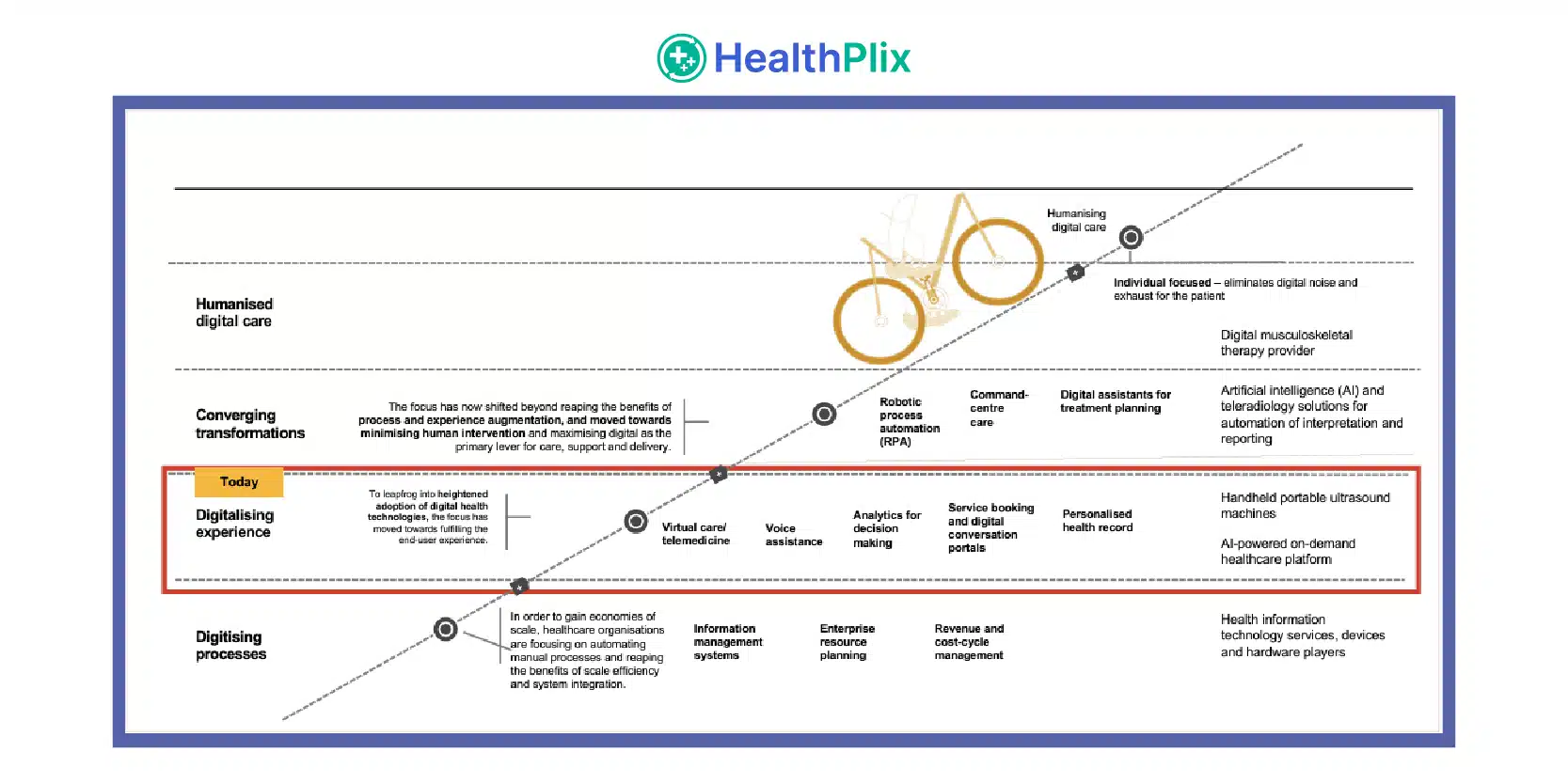- Risk Level Updates
One of the key impacts that COVID-19 had on digitising medical practices was providing healthcare professionals with the ability to track a patient’s medical records and identify their risk levels. Based on this, EMR software could flag patients crossing safe levels and requiring isolation or quarantine measures.
This enabled doctors to take prompt action and readjust their care protocol to provide the best possible treatment. With each new test administered to a patient, EMR updates the records automatically, always keeping the doctors up to date.
- Error Prevention
As the entire healthcare industry moved towards digitalisation because of COVID-19, storing and managing an increasing volume of test reports and patient data became difficult. This was a potential risk factor because it could lead to prescription errors.
Since then, EMR has evolved to provide doctors with a computerised method of generating prescriptions based on patient data drawn from a centralised repository that is frequently updated. The EMR can automatically check the prescription for dosage accuracy and other parameters, helping physicians avoid prescribing incorrect medication.
The centralisation of records in the EMR helps doctors quickly and accurately access patients’ medical history, enabling more accurate prescriptions.
- Managing Complex Recordkeeping
EMR is a platform or software that enables medical practitioners to access patient records electronically. For single-specialty healthcare institutions, EMR integration is straightforward. However, as multiple-specialty hospitals scale and expand, data management becomes much more complex.
EMR has evolved today with robust abilities to collect, segregate, manage, and secure patient data over a variety of specialities. It is also possible to incorporate access control, depending on the user. EMR can house all patient records in a single hub and leverage speciality-based classification along with the names and contact information of the collaborating healthcare providers. This enables doctors to retrieve relevant information at the point of care without having to wait for physical files to be transferred from one department to another.
- Digitalising Healthcare
EMR started as a simple record management module, but the pressing need for digitalisation has helped this software evolve into covering more scope. Since the pandemic, EMR has been helpful to doctors in various aspects of telehealth.
Depending on a patient’s health status, as alerted to the doctor through notifications by the EMR platform, doctors can promptly connect with the patient over digital channels and provide immediate care from a distance. This feature has been especially helpful in catering to isolated patients.
It also helps doctors reach over geographies and prescribe medicine in various languages without being physically present at the point of care.
- Improving Patient Retention
COVID-19 has been a trying time for healthcare institutions; however, technological innovations have helped EMR evolve into a holistic solution that can help deliver the right care and treatment to every patient.
By seamlessly stitching a patient’s journey from onboarding to consultations, payments to purchases, medical subscriptions, tests and routine examinations, EMR can act like a bridge between a healthcare facility and a patient. Ultimately, this technology can establish a seamless communication channel between the two.
Healthplix: Empowering Doctors with Top EMR in India
EMR in India has navigated a long journey since the COVID-19 pandemic, taking lessons from the challenges and incorporating better and wider innovations into its structure. Healthplix EMR is a state-of-the-art solution for all healthcare practitioners to support and enhance their caregiving and medical initiatives.
Our platform features military-grade 256-AES bit encryption for data security to ensure compliance with regulations. Specialty-specific modules help doctors sort through the data and quickly arrive at the right information. In addition to the capability to generate prescriptions within 30 seconds, our platform also provides a selection of languages to cater to the patients better.
Healthplix has been voted the top EMR in several categories and has helped over 10,000 doctors serve more than 22 million patients across more than 300 cities. To know how Healthplix can transform your medical practice, you can visit this website.


